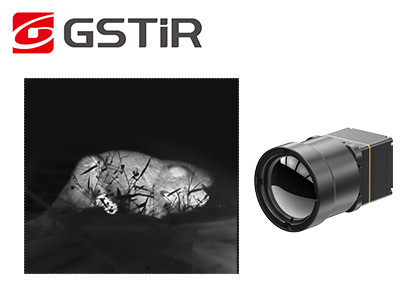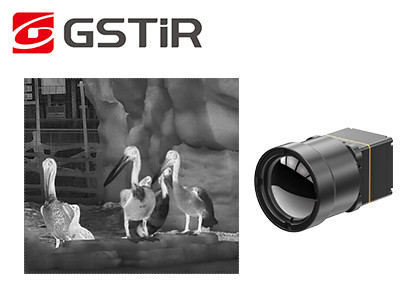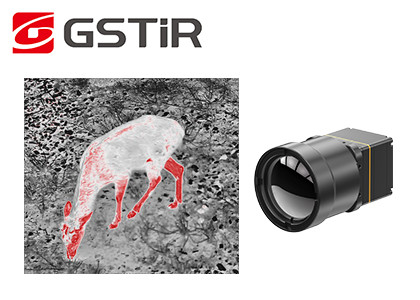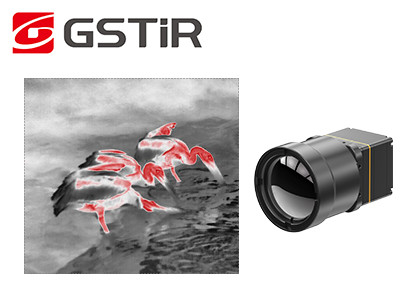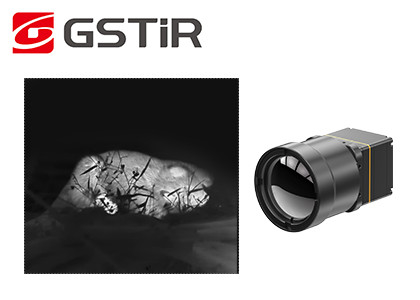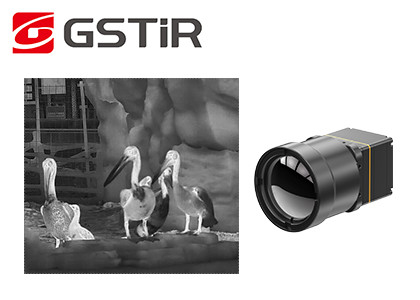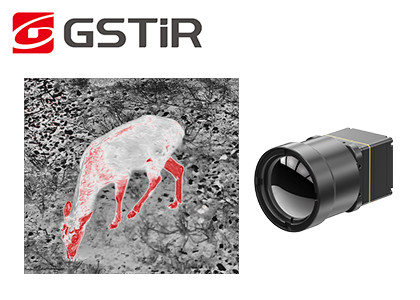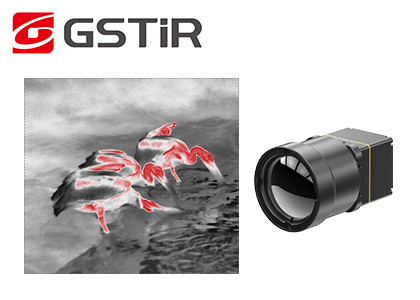-
Thermal Camera Core
-
Thermal Security Camera
-
Drone Thermal Camera
-
EO IR Systems
-
Thermal Imaging Binoculars
-
Infrared Thermal Camera Module
-
High Resolution Thermal Camera Module
-
Cooled Infrared Detectors
-
Optical Gas Imaging
-
Thermal Camera For Fever Detection
-
Cooled Camera Modules
-
Vehicle Mounted Thermal Camera
-
Integrated Dewar Cooler Assembly
-
Uncooled Infrared Detectors
Uncooled Infrared Camera Core 640x512/12µM For Enhanced Visibility

Contact me for free samples and coupons.
Whatsapp:0086 18588475571
Wechat: 0086 18588475571
Skype: sales10@aixton.com
If you have any concern, we provide 24-hour online help.
x| Resolution | 640x512 | Power Consumption | 0.8W |
|---|---|---|---|
| Spectral Range | 8~14μm | Pixel Pitch | 12μm |
| NETD | <40mK | Frame Rate | 25Hz/30Hz |
| Highlight | Uncooled Infrared Camera Core 640x512,Infrared Camera Core 0.8W,Enhanced Visibility Thermal Camera Core |
||
Uncooled Infrared Camera Core - 640x512/12µM For Enhanced Visibility
TWIN612 thermal module is a new arrival product developed by Global Sensor Technology. It integrates 640×512/12µm ceramic package uncooled infrared detector. With typical NETD<40mk, the TWIN612 thermal module could present clearer, sharper and more detailed image.
With temperature measurement range of -20℃~150℃/0~550℃, accuracy of ±2℃ or ±2% and frame rate up to 30Hz, the thermal module guarantees smooth thermal image and accurate temperature measurement.
The TWIN612 thermal module has the advantages of compact design, light weight structure and power consumption as low as 0.8w. With enhanced image algorithms and temperature measurement function, the TWIN612 thermal module presents more stable images and accurate temperature.
Ceramic packaging process is similar to metal packaging, which is a mature infrared detector packaging technology. Compared with metal packaging, the volume and weight of the packaged detector will be greatly reduced. Thus, the TWIN612 thermal module could be applied to industries that have strict requirements on size, weight and power consumption.
- Mini Size: 25.4mm×25.4mm×35mm
- Light Weight: 25g
- Typical NETD<40mk
- Sharp, Clear Thermal Imaging
- Typical Power Consumption as Low as 0.8W
| Model | TWIN612/R |
| IR Detector Performance | |
| Resolution | 640×512 |
| Pixel Size | 12μm |
| Spectral Range | 8~14μm |
| Typical NETD | <40mK |
| Image Processing | |
| Frame Rate | 25Hz/30Hz |
| Start-up Time | 6s |
| Analog Video | PAL/NTSC |
| Digital Video | YUV/BT.656/LVDS/USB2.0 |
| Image Display | 11 in Total (White Hot/Lava/Ironbow/Aqua/Hot Iron/Medical/Arctic/Rainbow1/Rainbow2/Red Hot/Black Hot) |
| Image Algorithm | NUC/3D/2D/DRC/EE |
| Electrical Specifications | |
| Standard External Interface | 50pin_HRS |
| Communication Interface | RS232/USB2.0 |
| Supply Voltage | 4~5.5V |
| Typical Power Consumption | 0.8W |
| Temperature Measurement | |
| Operating Temperature Range | -10℃~50℃ |
| Temperature Measurement Range | -20℃~150℃, 0℃~550℃ |
| Temperature Measurement Accuracy | Greater of ±2℃ or ±2% |
| SDK | Windows/Linux; Achieve Video Stream Analysis and Conversion from Gray to Temperature |
| Physical Characteristics | |
| Dimension (mm) | 25.4×25.4×35 (Without Lens) |
| Weight | 25g (Without Lens) |
| Environmental Adaptability | |
| Operating Temperature | -40℃~+70℃ |
| Storage Temperature | -45℃~+85℃ |
| Humidity | 5%~95%, non-condensing |
| Vibration | 5.35grms, 3 Axis |
| Shock | Half Sine Wave, 40g/11ms, 3 Axis, 6 Direction |
| Optics | |
| Optional Lens | Fixed Athermal: 13mm |
The TWIN612/R thermal imaging module is applied to the field of Thermography, Security Monitoring, UAV Payloads, Robots, Intelligent Hardware, ADAS, Firefighting & Rescue
![]()
1. How does a thermal module work?
A thermal module typically works as follows:
1) Infrared Detection: The thermal module contains an infrared detector that can sense the electromagnetic radiation in the infrared range.
2) Optics: The infrared radiation is focused onto the detector through an optical system, which may include a lens or an array of mirrors.
3) Signal Amplification: The detected signal is amplified and digitized by the electronics inside the thermal module.
4) Image Processing: The digitized signal is then processed to produce a thermal image. This process involves several stages, including noise reduction, contrast enhancement, and color mapping. Additional features such as temperature measurement may be included in the image processing.
5) Display: The thermal image is then displayed on a screen, either inside the thermal module or on an external device.



